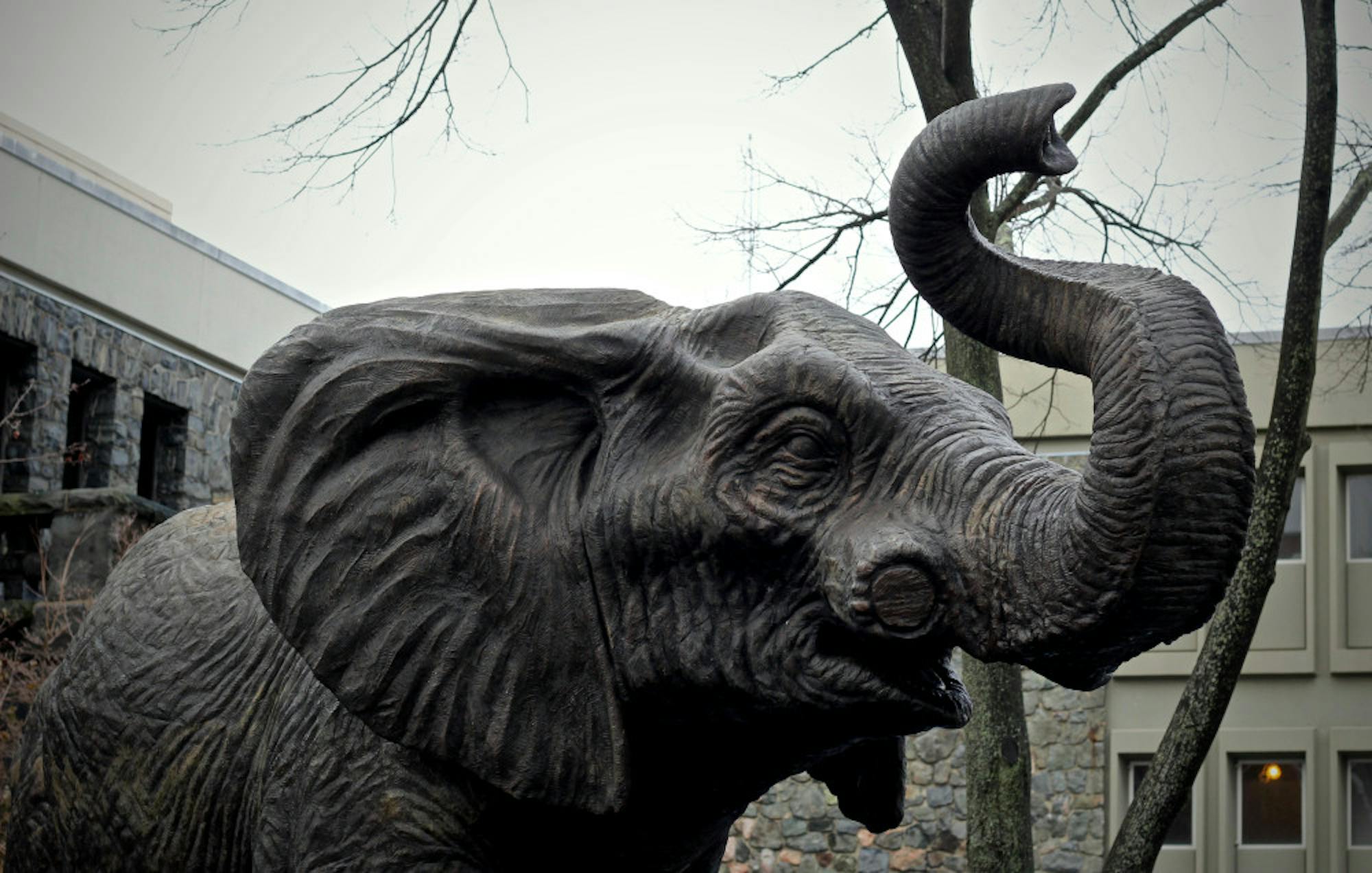The net pay gap between female and male professors at Tufts has widened to 96.6 cents on the dollar from near perfect parity in 2016, according to the 2018–19 American Association of University Professors (AAUP) Faculty Compensation Survey.
This report comes on the heels of the Eos Foundation’s 2018 report that ranked Tufts as 87th in gender parity in leadership. In the AAUP report, the gender gap in salary is present across the board for assistant, associate and full professors.
Patrick Collins, executive director of public relations, explained that the data in the AAUP survey is represented in aggregate and could be a result of variances in salaries based on department.
“The survey relies upon data which combines faculty in a variety of different disciplines and schools, who have been working in the profession for various lengths of time, with different educational backgrounds, training, experience, performance and other differentiating factors relevant in the setting of salaries and evaluating pay,” Collins told the Daily in an email.
The last in-depth study of faculty salaries was conducted by Economics Professor Jeff Zabel in the 2008–09 academic year, in conjunction with the Tufts chapter of the AAUP. Zabel explained that he conducted a regression analysis with data provided by the administration and that he was asked to do this because his expertise is econometrics.
In his analysis, Zabel said he controlled for a variety of factors including rank, years at the university, department, lateral hire and if they had ever been a chair. He explained that it was necessary to do this in order to “compare apples to apples.”
According to the study, published in 2009, the variance in salaries based on the controlled factors was on average of 1–2%.
“There was a disparity based on gender but it was diminished considerably once we controlled for the area that the faculty member was in,” Zabel said.
Zabel did not know if any changes had been implemented as a result of the findings.
“I don’t know what went into the decision making process in terms of the salaries that faculty members received,” Zabel said. “I personally have no evidence one way or another about whether our study actually had any impact on that.”
Professor of Urban and Environmental Policy and Planning Sheldon Krimsky said that this type of salary analysis has not been done in the past four or five years since the Tufts AAUP chapter stopped being active.
Krimsky recalled that there used to be a program by which faculty could ascertain if they were receiving a comparable salary in relation to their cohort groups.
“You could compare your salary with the average salary, and if you were one standard deviation away from the average, you could make a claim to the university that you were treated unfairly,” Krimsky said. “They would look at the data and sometimes they would give you restitution. That doesn’t happen now because we don’t issue this report.”
Krimsky discussed possible reasons that female professors could be earning less than male professors. He said that sexism was likely a big factor, as well as that men might be more aggressive in their salary negotiations than women.
Grant Gebetsberger, who was the Tufts Community Union (TCU) Senate diversity officer last year, said he learned about gender disparities in the administration last year, and that led him to co-write “A Resolution Calling on Tufts University to Achieve Gender Parity in University Leadership.”
“We know that our administration likes to pride itself on being a leader for positive change in social issues,” Gebetsberger, a junior, said. “We thought that that didn’t really make sense and that the values that were being stated were not matching up with the practice.”
He hypothesized that the lack of gender parity could be a result of factors such as systemic inequalities and unconscious bias.
TCU President Shannon Lee added that white men represent a disproportionately high level of hires in higher education, and that cycle perpetuates itself.
“We just fall into a pattern of what we know,” Lee, a senior, said. “Because of that, there’s a lack of diversity and innovation and bringing in new people.”
Collins noted that more women have been hired to high-level administrative positions recently, partially in response to the Eos Foundation's report. Before her departure, former Executive Vice President Patricia Campbell was the highest-paid female employee at the university.
“This past year the university has named a number of women to senior leadership roles including provost, vice provost for research, and dean of the Fletcher School,” Collins wrote. “We are proud of this progress and remain committed to continued progress.”
However, Collins did acknowledge that Tufts has "room for improvement."
Tufts' peer institutions have many large disparities as well. For example, at the full professor level at Dartmouth University, male professors earn nearly $40,000 more than female professors, whereas at Brown University, the discrepancy is closer to $10,000.
Net wage gap between female, male professors expands

The Jumbo statue outside of Barnum Hall is pictured here on Nov. 27, 2018.





